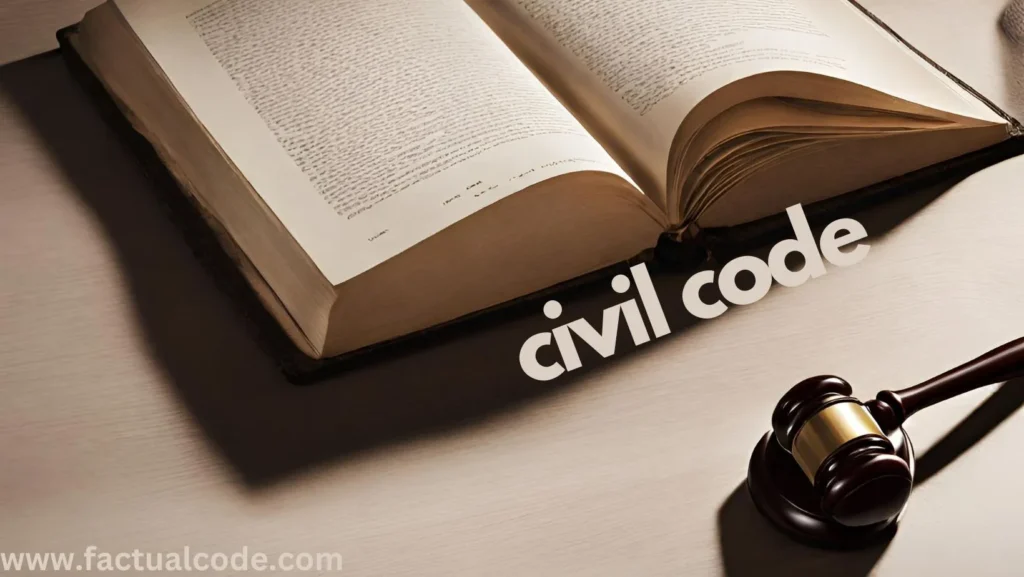Short Version:
Introduction
The place of suing establishes the proper court for filing civil cases. Sections 15 to 20 of the CPC, 1908, outline the jurisdictional rules, ensuring procedural efficiency, fairness, and prevention of conflicting judgments.
Key Provisions
Section 15: Court of Lowest Grade
- Suits must be filed in the lowest-grade court competent to try them to reduce the workload on higher courts.
Section 16: Suits Concerning Immovable Property
- Filed in the court where the property is located.
- Case Law: Harshad Chiman Lal Modi v. DLF Universal Ltd. – Reinforced that immovable property suits must strictly adhere to territorial jurisdiction.
Section 17: Properties in Multiple Jurisdictions
- Suits can be filed in any court within the jurisdiction where part of the property lies.
Section 19: Compensation for Wrongs to Person or Movable Property
- Plaintiffs may choose between the place of the wrong or the defendant’s residence.
Section 20: Other Suits
- Filed where the defendant resides, conducts business, or where the cause of action arises.
- Case Law: A.B.C. Laminart Pvt. Ltd. v. A.P. Agencies – Parties can contractually agree on jurisdiction if multiple courts have authority.
Conclusion
These provisions ensure that cases are filed in appropriate forums, balancing convenience and judicial efficiency.
Long Version:
Introduction
The place of suing is a fundamental principle ensuring that civil cases are instituted in the appropriate court. Sections 15–20 of the CPC provide a statutory framework for determining jurisdiction, supplemented by judicial interpretations to ensure fairness and efficiency in litigation.
Provisions of the CPC
Section 15: Court of Lowest Grade
- Principle: Cases should be filed in the court of the lowest grade competent to try them.
- Purpose: Avoids overburdening higher courts and ensures efficient allocation of judicial resources.
- Case Law: Mazhar Hussain v. Nidhi Lal (1885) – Highlighted the objective of Section 15 in reducing higher courts’ workload and ensuring parties’ convenience.
Section 16: Suits Relating to Immovable Property
- Principle: Suits concerning immovable property must be instituted where the property is situated.
- Exception: Suits for compensation for wrongs to immovable property can also be filed where the defendant resides.
- Case Law:
Harshad Chiman Lal Modi v. DLF Universal Ltd. – Strict adherence to territorial jurisdiction for immovable property disputes was upheld. Courts outside the property’s jurisdiction lack authority.
Section 17: Properties in Different Jurisdictions
- Principle: When properties span multiple jurisdictions, suits can be filed in any court where part of the property lies.
- Objective: Prevents fragmented litigation and ensures comprehensive adjudication.
Section 18: Jurisdictional Uncertainty
- Principle: If jurisdiction is uncertain, the court can decide the appropriate forum.
- Purpose: Reduces delays and ensures efficient resolution of jurisdictional conflicts.
Section 19: Compensation for Wrongs to Person or Movable Property
- Principle: Plaintiffs may choose to file suits where the wrong occurred or where the defendant resides or conducts business.
- Flexibility: Balances convenience for both parties.
- Case Law: ONGC v. Utpal Kumar Basu (1994) – Reinforced that the cause of action must align with the territorial jurisdiction.
Section 20: Other Suits
- Principle: Suits not covered by Sections 16 to 19 can be filed where the defendant resides, conducts business, or where the cause of action arises.
- Case Law:
- A.B.C. Laminart Pvt. Ltd. v. A.P. Agencies – Allowed parties to select jurisdiction contractually, provided multiple competent courts exist.
- M/S Patel Roadways Ltd. v. Prasad Trading Company – Clarified the need for filing suits in forums convenient for defendants, avoiding unnecessary hardship.
Judicial Doctrines and Key Interpretations
Doctrine of Forum Non-Conveniens
- Ensures cases are heard in the most suitable forum, preventing harassment of defendants.
Avoidance of Conflicting Judgments
- Courts consolidate related cases to avoid piecemeal litigation.
- Case Law: Indian Performing Rights Society v. Sanjay Dalia – Plaintiffs must choose forums that do not unfairly burden defendants.
Practical Considerations
- For Plaintiffs: Select jurisdiction based on statutory provisions for strategic advantage and procedural correctness.
- For Defendants: Challenge jurisdiction if suits are filed contrary to CPC provisions.
- Contracts: Include jurisdiction clauses to prevent disputes.
Conclusion
The CPC provisions on the place of suing are integral to ensuring efficient, fair, and convenient litigation. Supported by key judicial interpretations, they provide a robust framework to resolve jurisdictional complexities while respecting litigants’ rights.
Recommended Posts
Briefly State the Principles Governing the Place of Suing in CPC Discuss the Provisions of the CPC in Respect of the Place of SuingReading all three articles helps build a comprehensive understanding of the place of suing under CPC by covering distinct yet interconnected aspects
Recommended Posts
References- THE CODE OF CIVIL PROCEDURE, 1908 Section 15 Section 16 Section 17 Section 18 Section 19 Section 20 Harshad Chiman Lal Modi v. DLF Universal Ltd. A.B.C. Laminart Pvt. Ltd. v. A.P. Agencies Mazhar Hussain v. Nidhi Lal (1885) ONGC v. Utpal Kumar Basu (1994) M/S Patel Roadways Ltd. v. Prasad Trading Company Indian Performing Rights Society v. Sanjay Dalia

